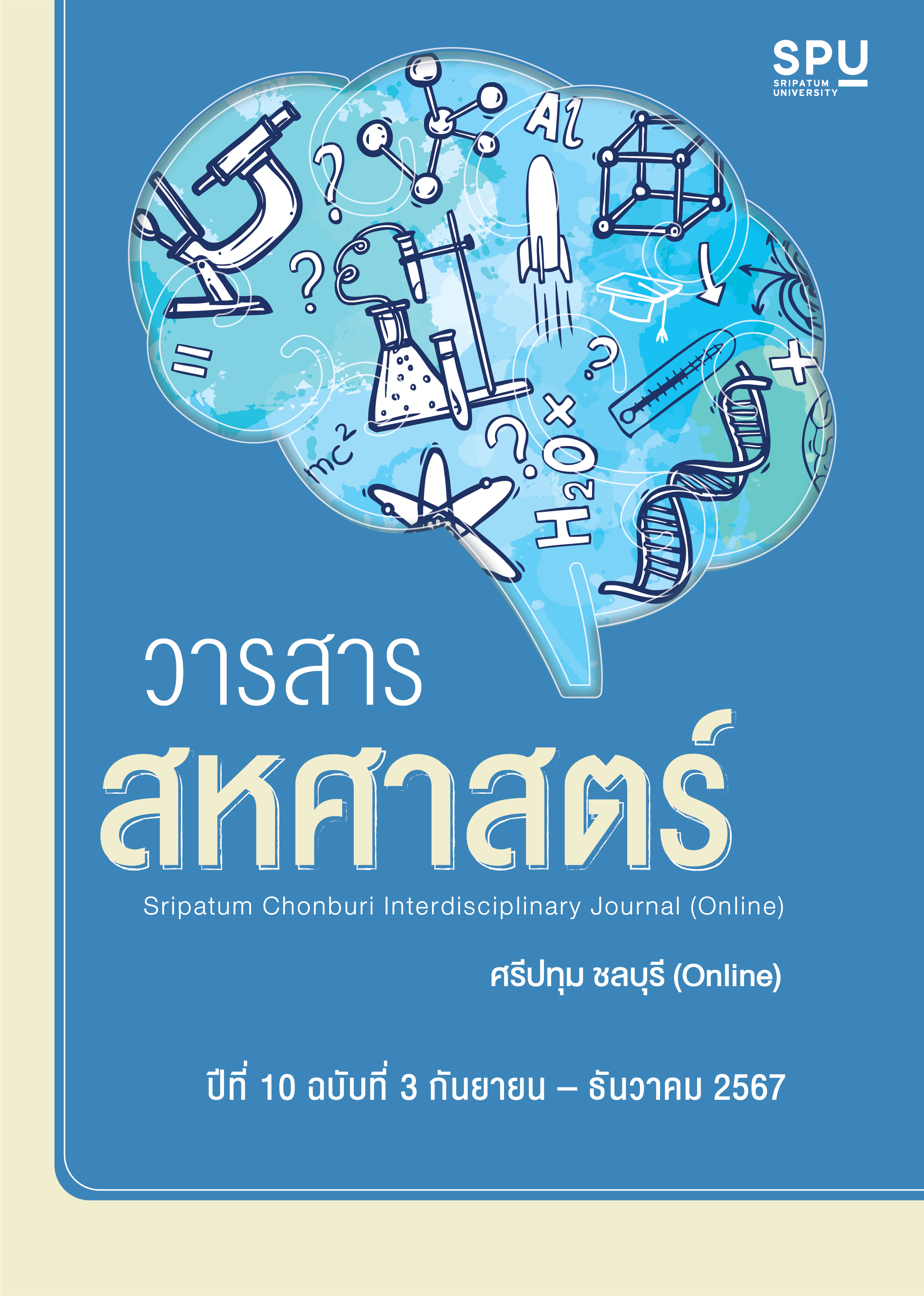Motivation For The Performance In The Department Of Skill Development
Keywords:
Motivation, Performance, Department of Skill DevelopmentAbstract
The objectives of this study are to investigate the level of work motivation among personnel of the Department of Skill Development and to compare the levels of work motivation among personnel of the Department of Skill Development categorized by personal factors. The sample used in this study consisted of 228 central office personnel from the Department of Skill Development. The questionnaire was used as a research instrument. The statistics used for data analysis included frequency, percentage, mean, standard deviation, t-test, and ANOVA. The findings revealed that the level of work motivation among personnel in the Department of Skill Development was found to be high in all motivational factors. Work achievement was found to be the primary motivating factor, followed by responsibility in work performance, the nature of the work performed, recognition, and career advancement, respectively. In terms of maintenance motivation factors were found to be at high and moderate levels. (Kasama & Pirada, 2024). Furthermore, a comparison of work motivation levels among Department of Skill Development personnel categorized by personal factors revealed no significant differences in motivation based on gender, age, education level, monthly income, position, and years of working experience.
References
กรมพัฒนาฝีมือแรงงาน. (2567). แผนปฏิบัติด้านการพัฒนาทรัพยากรบุคคลของกรมพัฒนาฝีมือแรงงาน พ.ศ.2566-2570. กรุงเทพฯ: กรมพัฒนาฝีมือแรงงาน.
กสมา พันธุ์ชื่น และภิรดา ชัยรัตน์. (2567). แรงจูงใจในการปฏิบัติงานของบุคลากรกรมพัฒนาฝีมือแรงงาน กระทรวงแรงงาน. การศึกษาค้นคว้าอิสระศิลปศาสตรมหาบัณฑิต, มหาวิทยาลัยเกษตรศาสตร์.
พระครูสมุห์ชินวรวัตร ถิรภทฺโท (จุลเจือ), โยธี จันตะนี, ชาญชัย เพียงแก้ว และศุภกิจ ภักดีแสน. (2565). รูปแบบการจัดการทุนมนุษย์: กรอบแนวคิดของ Leonard Nadler. วารสาร มจร อุบลปริทรรศน์, 7(3), หน้า 503-516
แพรไพลิน โคตรพรม และเกวลิน ศีลพิพัฒน์. (2566). แรงจูงใจในการปฏิบัติงานของเจ้าหน้าที่ราชทัณฑ์ เรือนจำพิเศษกรุงเทพมหานคร. วารสารมนุษยศาสตร์และสังคมศาสตร์ มหาวิทยาลัยเอเชียอาคเนย์, 7(2), หน้า 143-160.
มธุรส แผ่นทอง. (2561). แรงจูงใจในการปฏิบัติงานของครูโรงเรียนกลุ่มเขาเขียว สังกัดองค์การบริหารส่วนจังหวัดชัยภูมิ (ออนไลน์). เข้าถึงได้จาก: https://buuir.buu.ac.th/xmlui/bitstream/handle/1234567890/7725/Fulltext.pdf?sequence=1&isAllowed=y [2567, 10 กันยายน].
อโณทัย ธีระทีป. (2562). รายงานวิจัยฉบับสมบูรณ์โครงการวิจัย เรื่อง ความต้องการแรงจูงใจในการปฏิบัติงานของบุคลากรสายสนับสนุน คณะศึกษาศาสตร์ มหาวิทยาลัยบูรพา. ชลบุรี: มหาวิทยาลัยบูรพา.
Matt, C., Hess, T. & Benlian, A. (2015). Digital transformation strategies. Business & information systems engineering, 57(5), pp. 339-343.https://doi.org/10.1007/s12599-015-0401-5
Nadler, L. & Nadler, Z. (2012). The Handbook of Human Resource Development.Hoboken, NJ: John Wiley & Sons.
Rose, K., Eldridge, S. & Chapin, L. (2015). The internet of things: An overview. The internet society (ISOC), 80(15), pp. 1-53.
Skog, D. A., Wimelius, H. & Sandberg, J. (2018). Digital disruption. Business & Information Systems Engineering, 60, pp. 431-437.
https://doi.org/10.1007/s12599-018-0550-4
Yamane, T. (1967). Statistics: An Introductory Analysis (2nd ed.). New York, NY: Harper and Row.



